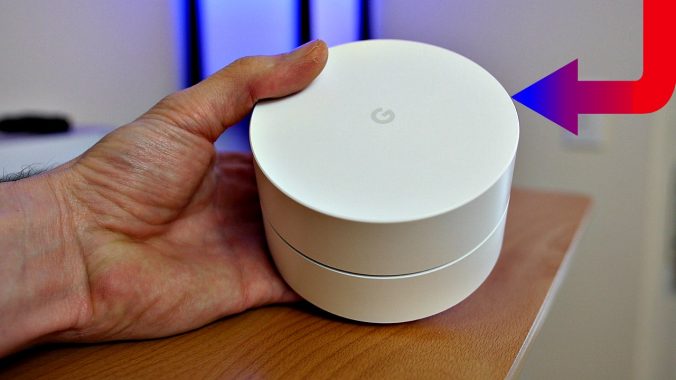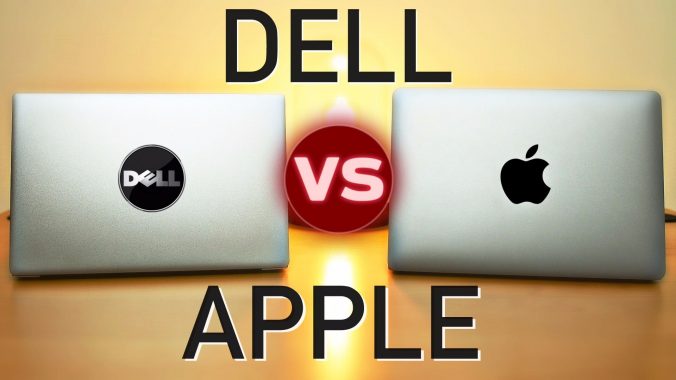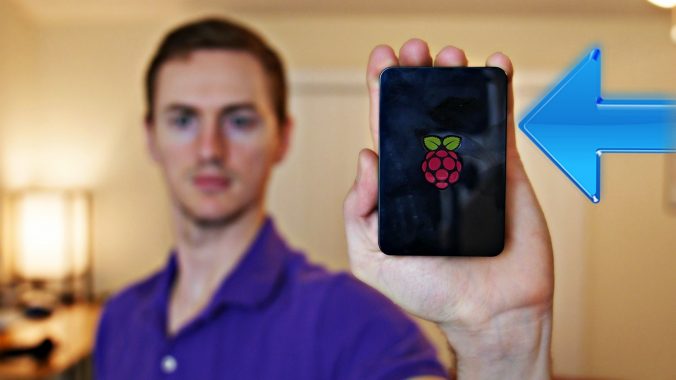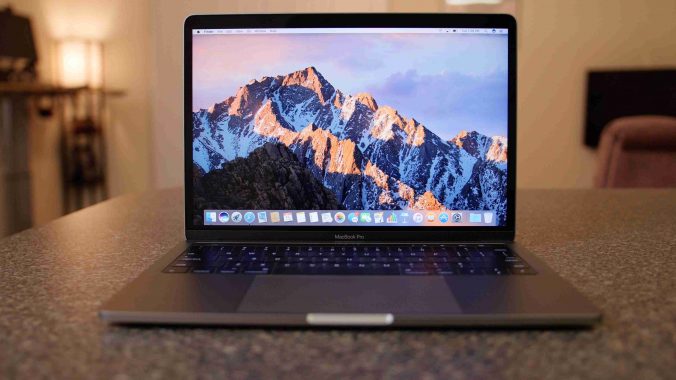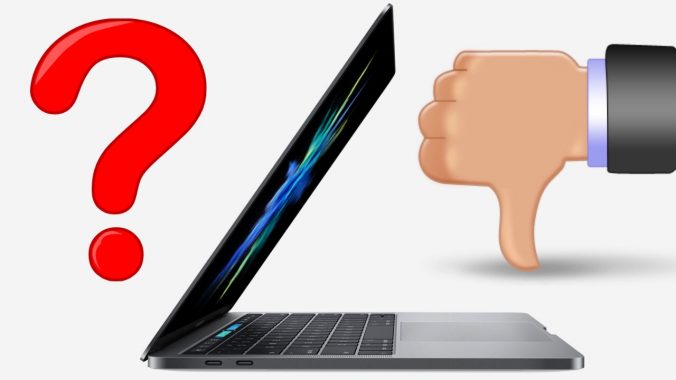Google Wifi (Amazon) is not your typical wireless router. It’s a sleek, easy-to-use device that’s designed to be the simplest and most future proof way of filling your home with WiFi. It comes in a 1-pack for $129 or a 3-pack for $299. So you can get just one if you want to replace your current WiFi router in an area up to 1500 sq ft. But one of the main features of Google Wifi is the expandable mesh network which lets you have multiple Google Wifi points that work seamlessly together to fill up an area up to 4500 sq ft with no dead spots. It has a quad-core ARM CPU, blazing fast AC1200 Wi-Fi standard, simultaneous dual-band Wi-Fi (2.4/5 GHz) with Network Assist Technology, and it’s backwards-compatible with your current devices (supporting 802.11a/b/g/n/ac)
In the box you have the Google Wifi point with two gigabit Ethernet ports, a quick start guide, a 6.5 ft Ethernet cable, and the power cable. To set up Google Wifi you’ll need: a free Google account, an Android or iOS device, high speed internet, and a modem. First connect your power cable to the Google Wifi point then connect the Ethernet cable from your modem into the globe icon port on the Wifi point, then connect the power adapter to an outlet. Next, install the free Google Wifi app on your smartphone or tablet and make sure Bluetooth is turned on as well.
When the app finds your Wifi point it will ask you to scan the QR code that’s on the base of the device or you can type the code manually. Select the location of your Wifi point so you can identify it later. The next steps will ask you to name your Wifi network and create a Wifi password. Google Wifi uses WPA2-PSK security if you were wondering. The app will proceed to create and finalize your network. Tell it how many Wifi points you have then click next and it most likely will start to install available updates. That’s another good thing about Google Wifi, it has automatic security updates. When you see that your Wifi is ready you can go to your WiFi settings and connect to the new Wifi network that you just created.
One of the best features of Google Wifi is the app which not only walks you through the entire setup like we just did, but it’s also the one-stop shop to easily manage your wifi network. Some of the things you can do include network checks which tests your internet download and upload speeds and keeps a history of the speeds for you to compare. You can also test the speed of the Wifi to your device to make sure you have a good base connection.
You can set up Guest Wifi that creates a totally separate wifi network for guests with its own separate name and password. You can enable a feature called Family WiFi Pause which is good for parents who want to turn off Wifi access to their kids devices at certain times. You can also see all the devices that are currently connected to your network along with a list of devices that have connected in the past. You can give priority to a device for a certain period of time. You can see your network data usage. In the settings area you can change various settings of your wifi point, reset it, do some advanced tasks like setting IP reservations, UPnP, port forwarding, or changing DNS servers.
One of the biggest concerns of owning a router made by Google is wondering if Google is spying on your data. Well here’s the clause from the Wifi app. It states in bold: “Google Wifi app and your Wifi points do not track the websites you visit or collect the content of any traffic on your network.”
So I’m not too worried about Google spying on my data traffic. However some of the things I don’t particularly like about Google Wifi is the lack of ethernet ports. Most routers have at least 4 ethernet ports while Google Wifi only has 2. And for $129, it seems like it should definitely have 4 ports. I also wish they offered a 2-pack, instead of just a 1 and 3 pack.
Having said that, I still think Google Wifi is one of the best wireless routers you can get right now because of the automatic updates, the simplicity of setup and management using the free app, the sleek white design, and especially the super fast expandable mesh network for future proofing. I bought it to replace my old wireless router and i’m definitely keeping it.
My question for you is: what router do you have right now and will you be replacing it with Google Wifi? Leave a comment and let me know!
